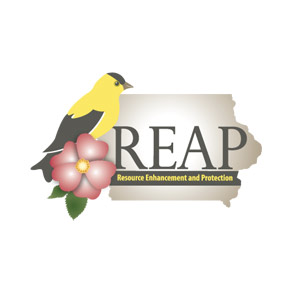Iowa Geology Across Space and Time
The Boneyard Hollow in Dolliver Memorial State Park includes amazing geologic layers.
Welcome to the Iowa Science Phenomena website! The goal of this website and service is to create, curate, collect and share a growing collection of user-generated, media-based, standards aligned, science phenomena resources for use in Iowa classrooms, as well as support Iowa teachers as they continue to implement phenomena-based and place-based teaching practices.
There are several ways you can be involved in this project:
The Boneyard Hollow in Dolliver Memorial State Park includes amazing geologic layers.
White-nose syndrome is a disease in bats that has the potential to alter the ecosystem of the caves.
The physical characteristics of the shovelnose sturgeon, including its scoots, pectoral fins, and downward facing and suctioning mouth, make it suitable as a bottom-feeder in the swift current of Iowa’s waters.
A West Des Moines Public Services staff member explains their anti-ice spray and mixing system.
Acoustic ecology is a field that studies the relationship between sound, living things, and their environment.
In 2018, Iowa enacted a clean water bill making funding available to support clean water measures.
Nuclear plants in Iowa have progressively closed since 2013.
A variety of reflections are seen along the relatively still waters of Chichaqua.
Brood III of the periodical cicadas emerged in Iowa in 2014 after 17 years underground.
At the Missouri River flyway near DeSoto National Wildlife Refuge thousands of geese can be seen migrating.
A woodchip bioreactor is used for nitrate removal from agricultural runoff.
Many types of plants grow in the water of the oxbows in Chichaqua Bottoms Greenbelt.




